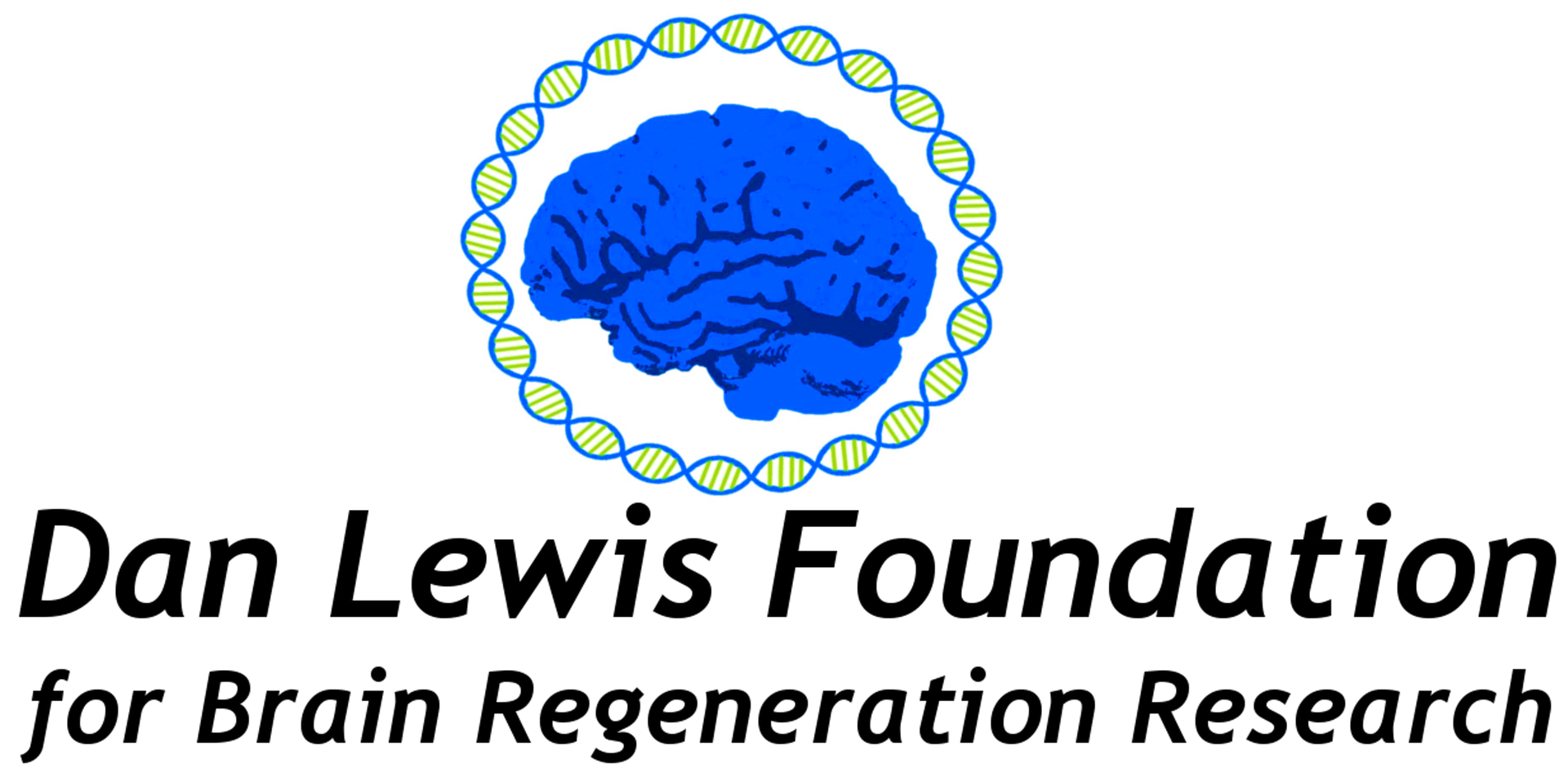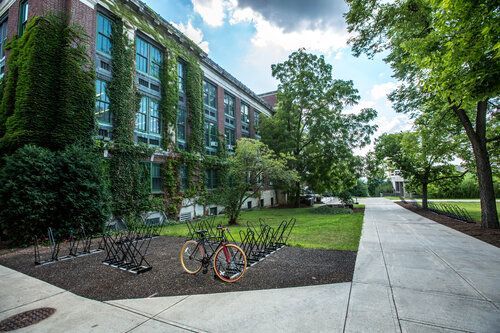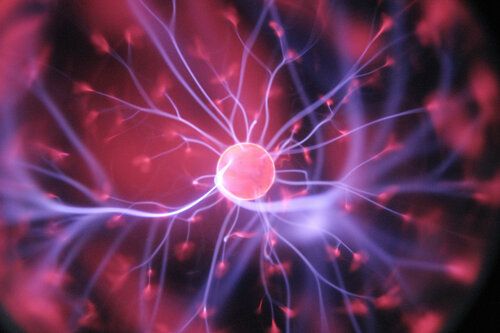Leading the way in innovative, specifically targeted brain regeneration research.
Our Approach
-
Business + Academic Partnerships
ButtonOur initiatives bring together leaders and visionaries from universities, the biotech industry, brain injury associations and interest groups, and communities invested in promoting better outcomes for persons with brain injury and their families.
-
Programatic, Well-Designed Research
ButtonOur foundation supports research directed and performed by world-class scientists, based on solid, empirically supported theory, and involving a sequential program of sub-projects which will build a knowledge base toward applying effective treatments. A culture of scientific collaboration and collegial support is nurtured.
-
Supporting Scientific Advancements
ButtonOur mission is to expand the world’s understanding of the brain’s potential for regeneration — including axonal regrowth, synaptogenesis, and neuronal replacement — when supported in a consistent and effective therapeutic context.
Our Research Agenda
In recent years, neuroscientists have accumulated a deeper understanding of how genes control brain plasticity — the capacity of the brain to modify its connections, especially in response to injury. Several genetic modulators have been identified that inhibit neuronal repletion, axonal regeneration and sprouting, and synaptic reconnection in the aging or injured brain. At the same time there have been significant advances in tools and methods — such as human induced pluripotent stem cell (iPSC) derived cellular models, optical electrophysiology, genomically targeted medicines, and high-throughput screening methods — that in combination show much promise for identifying drugs that can improve outcomes associated with previously untreatable neurological conditions. For instance, there is growing evidence of the effectiveness of anti-sense oligoneucleotides (ASOs) and other genomically targeted small molecule medicines that interact with genetic controls to ameliorate symptoms of several neurological diseases. These pharmacologic agents show potential to “downregulate” the genetic modulators which inhibit repletion, regrowth, and reconnection in the brain and central nervous system. It is now quite possible to synthesize a strand of nucleic acid — an ASO — that will bind to the messenger mRNA of a particular gene and inactivate it, effectively turning that gene “off”. Put another way, the inhibition of the inhibition of neurologic recovery is a key pathway that the Dan Lewis Foundation is exploring.
ASOs have been shown to be effective in decreasing the negative symptoms of a variety of disorders. Examples of ASO-based therapies, recently approved by the FDA, for previously untreatable disorders include Formiversen for Cytomegalovirus Retinitis, Mipomersen for Homozygous Familial Hypercholesterolemia, Eteplirsen for Duchenne Muscular Dystrophy, Nusinersen for Spinal Muscular Atrophy, and Milasen for Batten Disease. We believe it may be possible to apply ASOs to “turn off” genetic regulatory systems that cause cortex to stop proliferating and which limit the formation of new synapses as part of the developmental process. The LYNX1 gene system is one prime candidate for investigation in this regard, particularly when chronic neuronal injury is involved. Intervening with specifically designed ASOs may promote cortical regeneration and synaptic reconnections, especially in the context of consistently targeted rehabilitation therapies.
Additional research pathways that the Foundation will pursue spring from Dr. Mark Bear’s work on the mGluR theory of Fragile X mental retardation. His subsequent efforts to find drug therapies have demonstrated that restoration of cortical synaptic function is demonstrable in animal models and very likely to be possible in humans. Dr. Stephen Strittmatter’s work involving anti-NOGO antibodies to block NOGO molecules (which inhibit regeneration) has shown that regrowth and sprouting of axons in the central nervous system can be achieved. Recently, a small body of literature has emerged that identifies the role of the LYNX1 gene as a down-regulator of neuroplasticity in a rodent model (Morishita, et. al., 2010). A LYNX1 knock-out model seems to promote neuroplasticity that is otherwise lost. We will investigate the possibility that knock-down of this gene in a patient with cortical injury might permit cortical repair or regeneration.
In sum, the Dan Lewis Foundation for Brain Regeneration Research will empirically evaluate strategies for unlocking a regenerative capacity in the damaged adult human brain by designing genomically targeted pharmacologic agents that can reactivate cortical plasticity. A world class group of neuroscientists and biomedical innovators has been assembled to specify and prioritize the Foundation’s research goals. We will accomplish these goals by providing seed funding for programmatic research at major academic laboratories, by sponsoring post-doctoral fellowships for applicants whose preliminary work shows exceptional promise in our specified priority areas, by working with biotechnology companies, and by coordinating our work with leading brain injury advocacy and policy groups. We are now raising an initial five million dollars from benefactors, other foundations, and individual donations. We will issue seed grants by September, 2021 and continue to actively pursue our research through subsequent larger grants. Our overarching goal is to make safe and effective pharmacological treatments available to persons with moderate and severe brain injuries within the next 3 to 5 years.
Your support can make a difference
Please consider donating. Every dollar donated goes toward keeping our research alive.
The Dan Lewis Foundation for Brain Regeneration Research is an incorporated 501(c)(3) non-profit organization. Donations are tax deductible.
Thank you to our sponsors: Google for Non-Profits | The Helton Family Foundation | The Center for Professional Innovation & Education, Inc. | Caliber Home Loans
Donations of stock may have significant tax benefits for the donor and are a great way to support the foundation. Please contact us for more information regarding the tax benefits and the process of transferring stock to the foundation.
Subscribe for Updates
Subscribe to our newsletter
We will get back to you as soon as possible.
Please try again later.
All Rights Reserved | The Dan Lewis Foundation For Brain Regeneration Research | In Partnership With CCC



